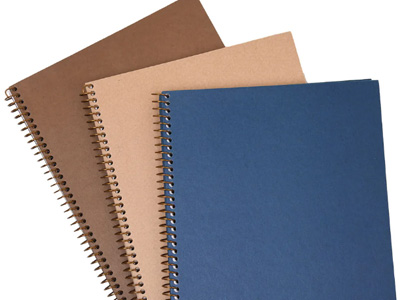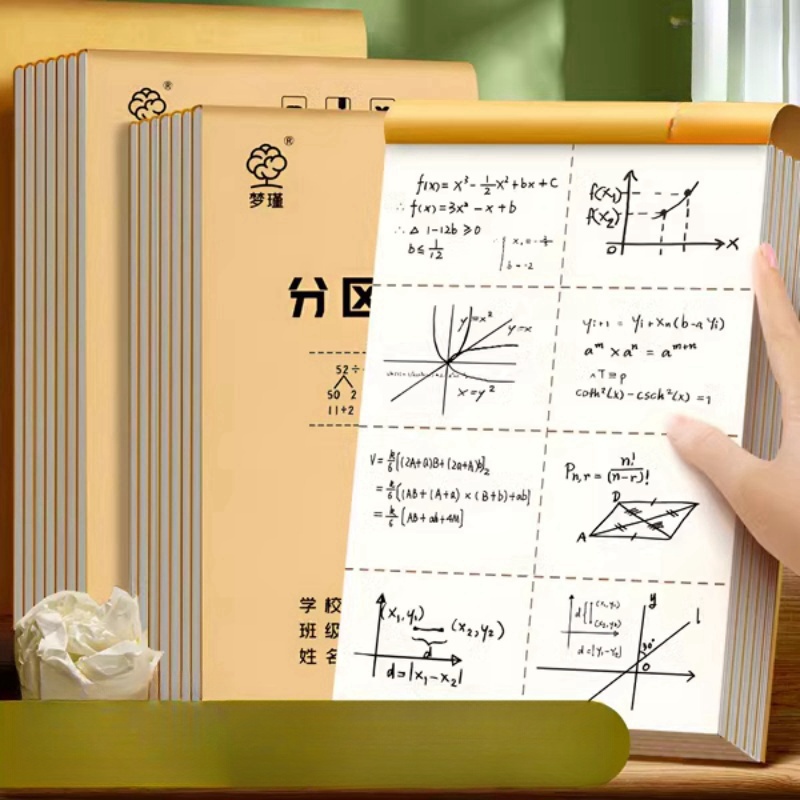
Draft Notebook
These notebooks are ideal for kids to scribble and draw on, and especially for school children to take class notes and make math formulas. Pages are blank or partitioned with dots into eight zones.
Size: 153mm*225mm, 210mm*290mm
Features and Characteristics:
1. With tear lines. Tear off sheets easily and neatly.
2. Multi-purpose. This notebook can be used for arithmetic operations, class notes, office notes, drawing, sketching, etc.
3. Thickened papers. These paper endures multiple erosions and ink does not seep to the opposite side.
4. Smooth writing. The upward-turning design makes your writing smooth and comfortable.
01
Notebook Details
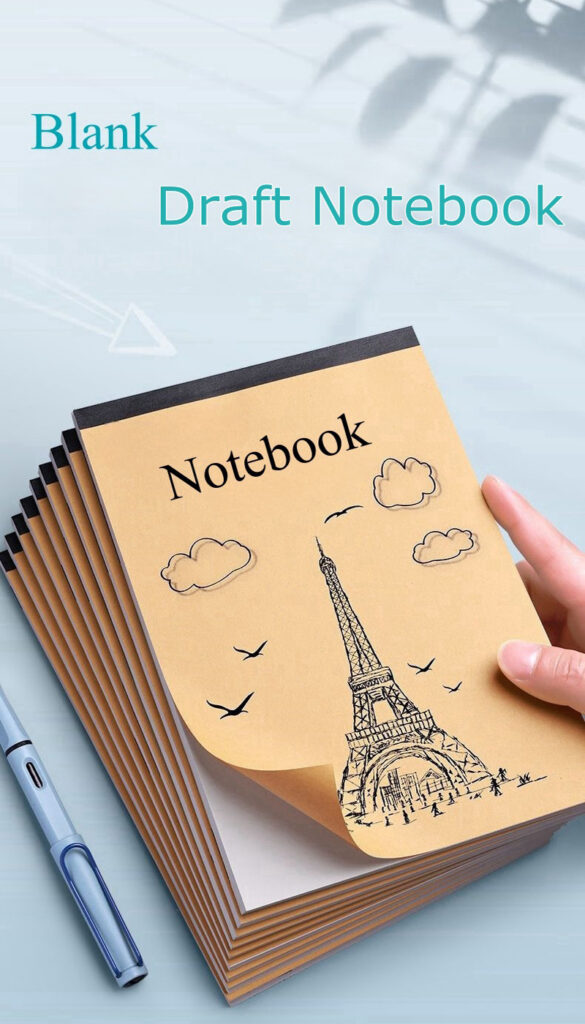


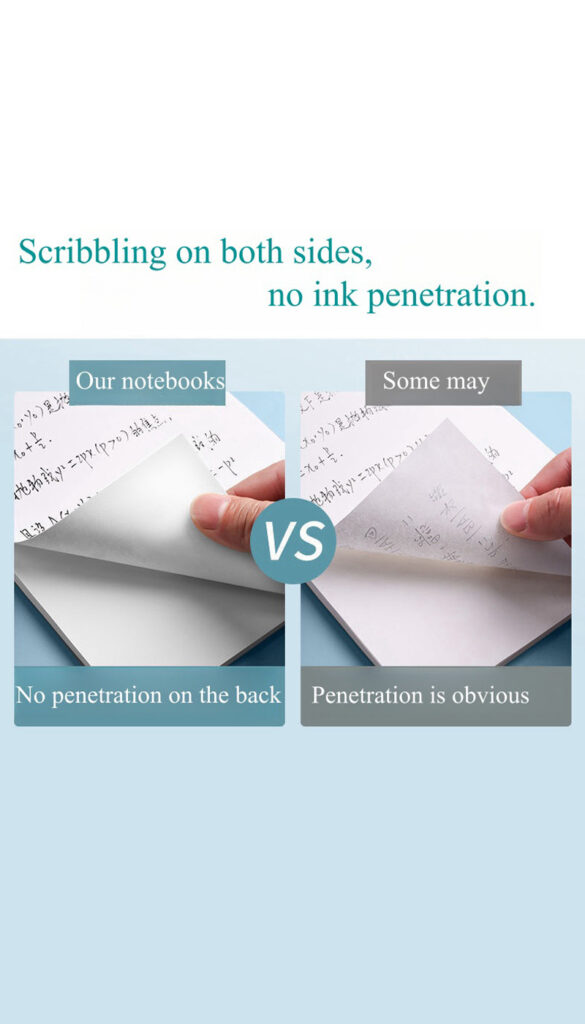

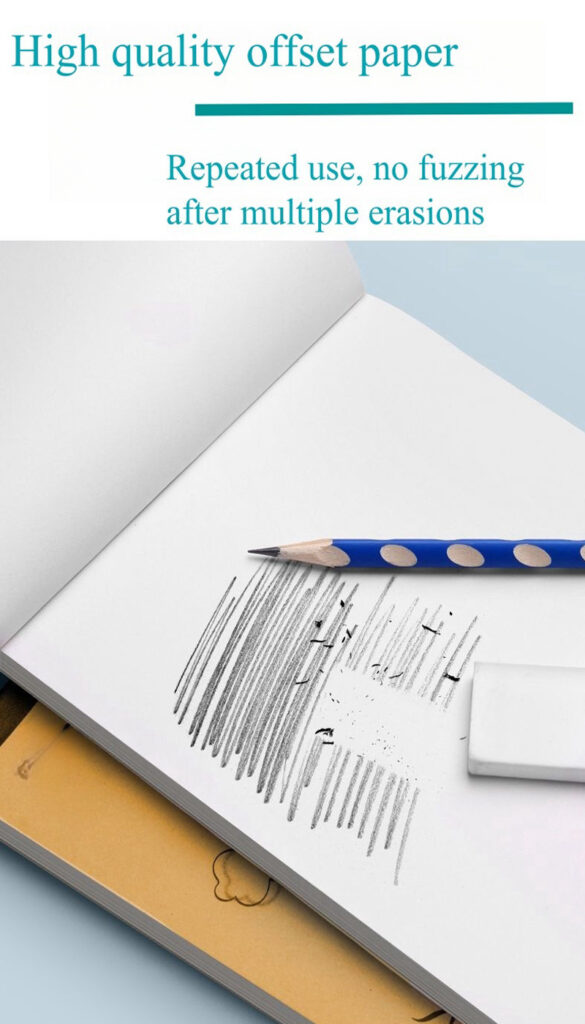

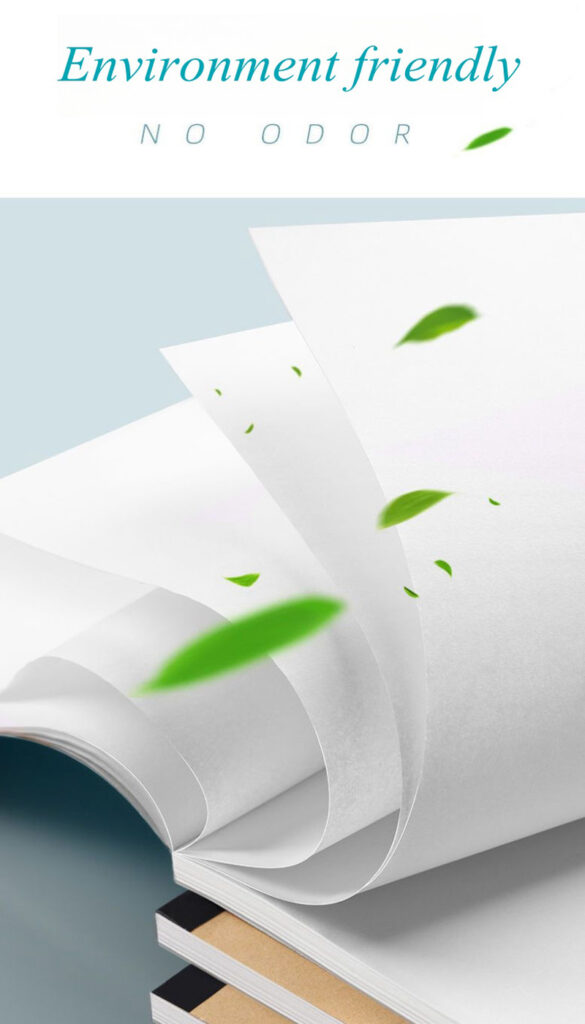


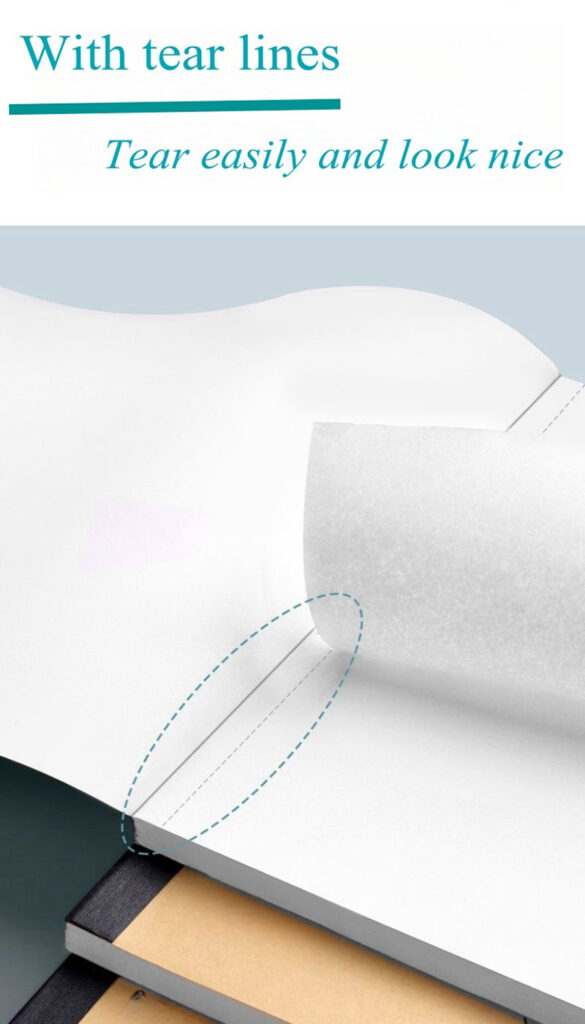

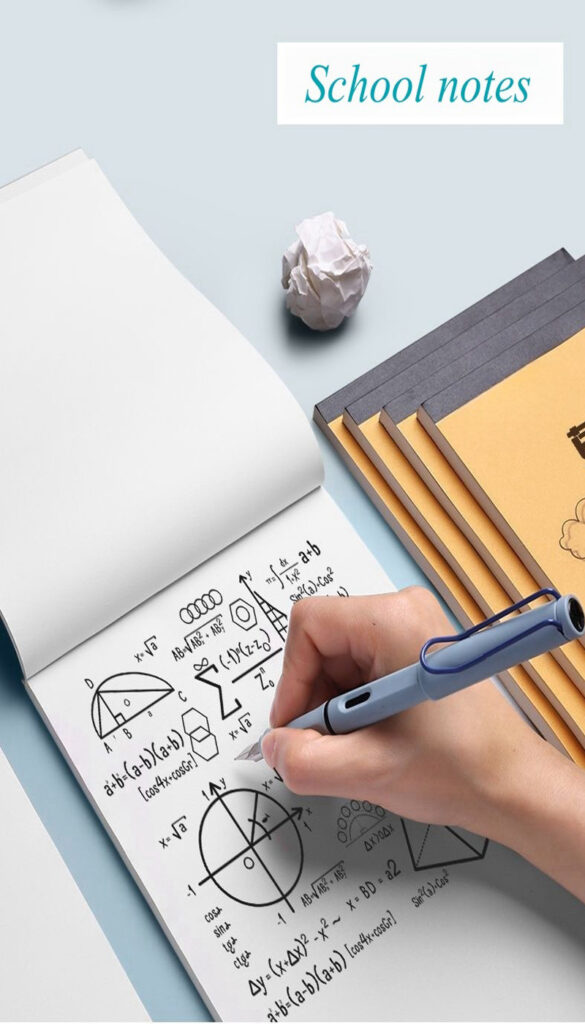

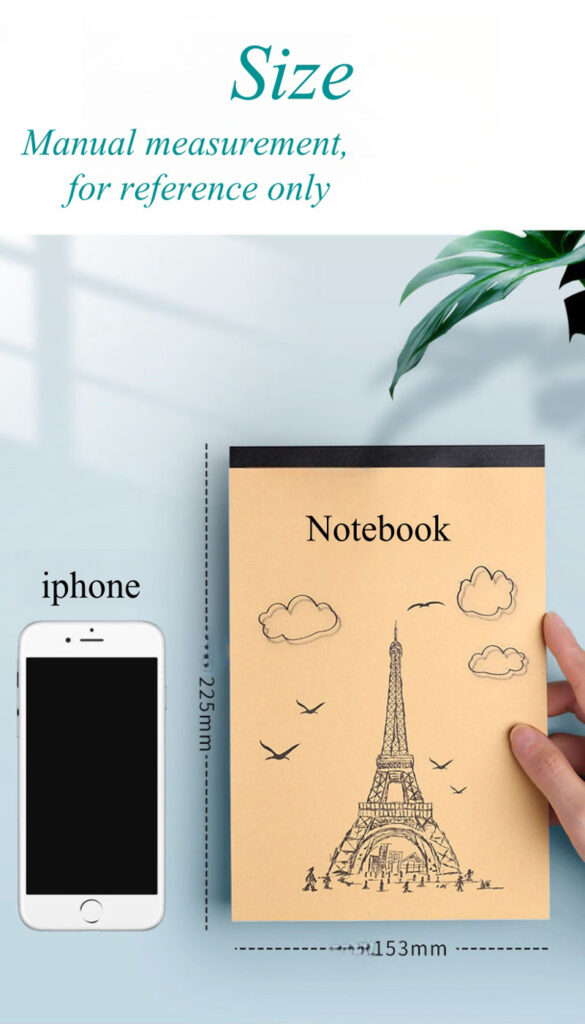
02
Common Binding Methods
Notebook Binding Methods:
Notebook binding refers to the process of assembling and securing the pages of a notebook using sewing or adhesive methods, which often requires specialized machinery and techniques in cutting, measuring, seaming, and gluing notebooks. The following five points need special attention when choosing a suitable binding method: purpose (what is the notebook’s intended use?), budget, longevity, features (e.g., notebook’s size, shape, page numbers, cover materials, etc.), and aesthetics.
Normally five binding methods are applied to make notebooks. They are:
1. Case binding
Also known as hardcover binding, case binding involves dividing and stitching pages into sections, then gluing the endpapers and the cover’s spine together. This sturdier option ensures your book is an alluring addition to any coffee table or bookshelf. While a hardcover or casebound book can be more expensive to produce, they do boast a longer shelf life and much higher value.

2. Saddle stitch binding
Saddle stitch binding involves folding sheets, stacking them, and securing them with wire staples along the fold line. Saddle-stitching is one of the simplest ways to secure printed sheets of paper folded in half. Consider it a professional iteration of stapling that appeals to any cost-effective booklet, brochure, catalog, program, or magazine.

3. Perfect binding
Perfect binding uses a strong adhesive to attach pages to a wraparound cover seamlessly. Pages are glued to the cover for a neat finish. This method ensures a tightly bound book once the glue sets. It is a cost-effective binding method popular for catalogs, booklets, and brochures.

4. Singer sewn binding
Singer sewing is a beautiful, traditional method of bookbinding where a single thread is stitched through folded pages at the spine. With no adhesives or staples, this secure binding method is typically used on books with a single section. It is quick and easy for a professional appearance.

5. Spiral binding
Spiral binding is a common and straightforward technique for binding notebooks. It uses a durable plastic or metal coil, wound like a long spring, to hold a notebook’s pages and cover together. Small holes are punched along the notebook’s spine, and the coil is threaded through these openings. It is also called a coil or wire binding.
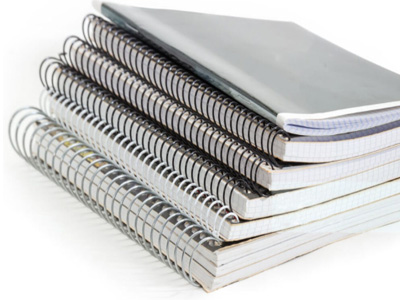
03
Notebook Paper Types and Page Ruling
What type of paper to use is crucial to notebook quality and often depends on intended usage, design patterns, and individual preferences. The following are some commonly used notebook papers and inner ruling.
1. Coated Paper
Coated paper has been coated by a mixture of materials or a polymer to impart certain qualities to the paper, including weight, surface gloss, smoothness, or reduced ink absorbency. This type is often called gloss when it has a high shine and matte when it is less shiny. A coated finish is excellent for making images look sharp and vibrant.

2. Offset Paper
Also known as Uncoated Paper, it is the most common type of paper used in offices. Ideal for printing documents that need to be easy to read, like reports and forms. However, it is not a good choice for high-definition photographs because it is not laminated.
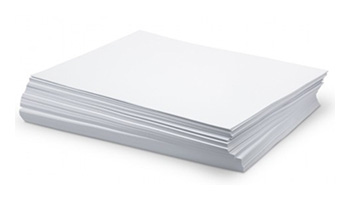
3. Wove Paper
Wove paper, with its smooth finish, ensures that printed materials look impressive. Wove paper is formed by weaving brass (or other) wires together in a mold, hiding any discernible design or pattern. Its construction provides both durability and flexibility, which makes it ideal for creating professional-grade prints.
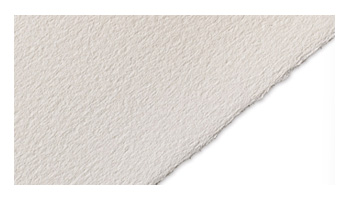
4. Cardstock
Cardstock is a thicker, heavier, and more durable type of paper. It usually has a smooth surface and can be metallic, textured, or glossy. The fact that it is sturdier and heavier than average papers makes it perfect for arts and crafts. Moreover, it is more flexible and thinner than paperboard and cardboard. It is suitable for use as a cover, an index, and endpapers in notebooks.
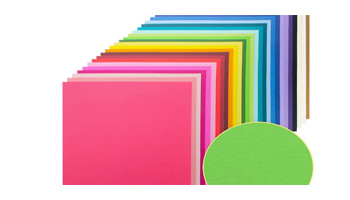
5. Munken Paper
The Munken papers are premium uncoated fine papers and are of exceptionally high quality. It is the ideal choice to convey a genuine natural impression in their printed material. The Munken is certified by the FSC and the PEFC as being of excellent quality and having a low environmental impact.
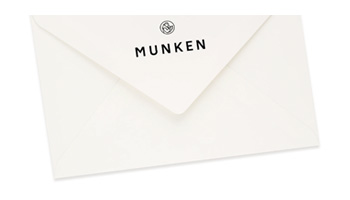
6. Recycled Paper
Recycled papers are made from domestic waste, throwaway converters, printer waste, and other manufactured wastes. It is ideal for eco-conscious projects. The National Association of Paper Merchants (NAPM) originally established recycled types. At least 50%, 75%, or 100% of the paper must be made from recycled materials.
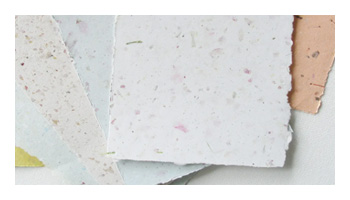
7. Linen Paper
Linen paper is renowned for its textured, fabric-like finish that adds a touch of sophistication to any document. Ideal for business stationery, resumes, and invitations, linen sheet stands out with its high-quality feel.
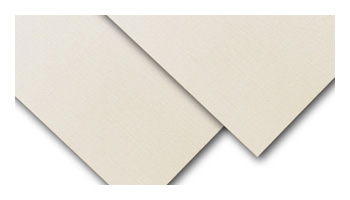
8. Newsprint
Newsprint is a low-cost, non-archival paper consisting mainly of wood pulp and most commonly used to print newspapers and other publications and advertising material. The low tear resistance and yellowing nature of this paper may be a dealbreaker for some, but when considering the limited lifespan of the end product, it is not.
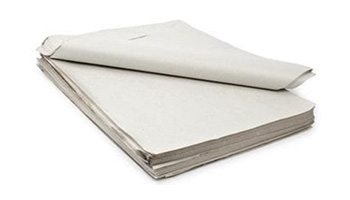
There are also other paper types based on a variety of criteria, such as parchment paper, laid paper, rag paper, cartridge paper, bond paper, kraft paper, sandpaper, etc. Different types suit different needs.
Commonly seen inner page ruling types are plain, lined, graph-ruled, and dot-ruled. There are other ruling styles, such as Seyes ruled, Arabic line, English line, writing line, etc, to cater to specific needs.

Lined
Based on space between lines, there are college ruled (7.1 mm), wide ruled (8.7mm), narrow ruled (6.35mm), 5mm lined, 6mm lined, 7mm lined, and 8mm lined.
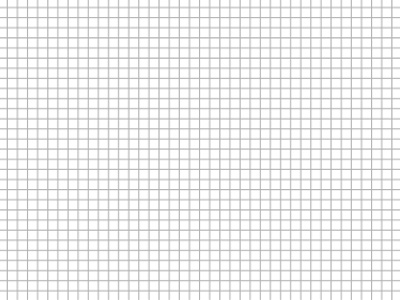
Graph Ruled
Based on the dimensions of the squares, there are a 5mm graphs and a 10 mm graph.
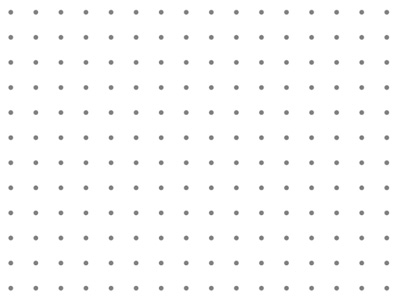
Dot Ruled
Based on space between dots, there are college ruled (7.1 mm), wide ruled (8.7mm), narrow ruled (6.35mm), and 5mm lined, 6mm lined, 7mm lined and 8mm lined.
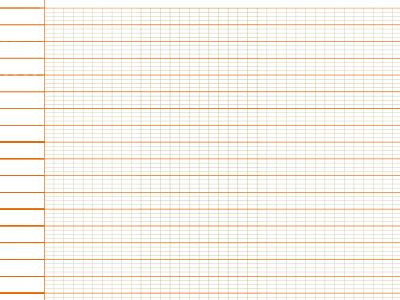
Seyes Ruled

English Line
04
Notebook Cover Materials and Types
Notebook covers serve both a functional and an aesthetic purpose. They protect the pages within and speak about users’ tastes, preferences, and styles. Commonly used notebook cover materials are leather, fabric, paper, plastic, and eco-friendly materials.
1. Paper
Paper covers are lightweight, versatile, and often cost-effective. They offer numerous finish options: embossing and debossing, foil stamping, varnish, and lamination, thus endless possibilities for personalization and branding. Cardstock, kraft paper, textured paper, handmade paper, and softbound and hardbound paper are often used to make notebook covers. They differ in varying degrees of durability, sustainability, and aesthetics.
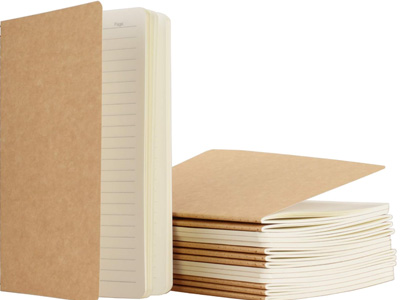
2. Leather
The leather cover provides a stylish and durable solution to your notebook, available in various colors, textures, and styles. There are different leathers: genuine, PU, bonded, vegan, split, and distressed. They are a popular choice for those who want their notebooks to reflect a sense of style and sophistication while providing effective protection.

3. Fabric
Fabric covers often stretch across the boards and can be imprinted, embossed or stamped with design or book information. They are typically crafted from various fabric materials like canvas, felt, linen, cotton, silk or wool, each with its own unique style and functionality. The choice of fabric cover often depends on personal style, intended use and the level protection.

4. Plastic
Plastic covers are endurable, waterproof and stain resistant. There are clear plastic covers, frosted plastic covers, hard plastic covers and soft plastic covers. They are generally considered suitable for educational or casual contexts as they may lack the aesthetic appeal and tactile experience of materials like leather or fabric.
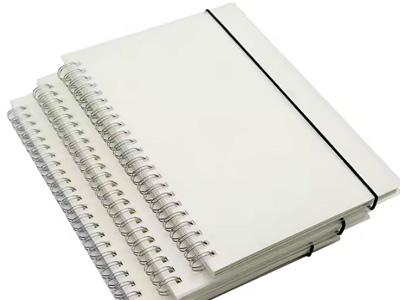
5. Eco-friendly materials
Eco-friendly covers are designed with environmental responsibilities in mind. Common materials for these covers include recycled paper, organic cotton, bamboo, cork, recycled fabric, and biodegradable materials. They are a meaningful way to contribute to a more eco-friendly and sustainable future.
